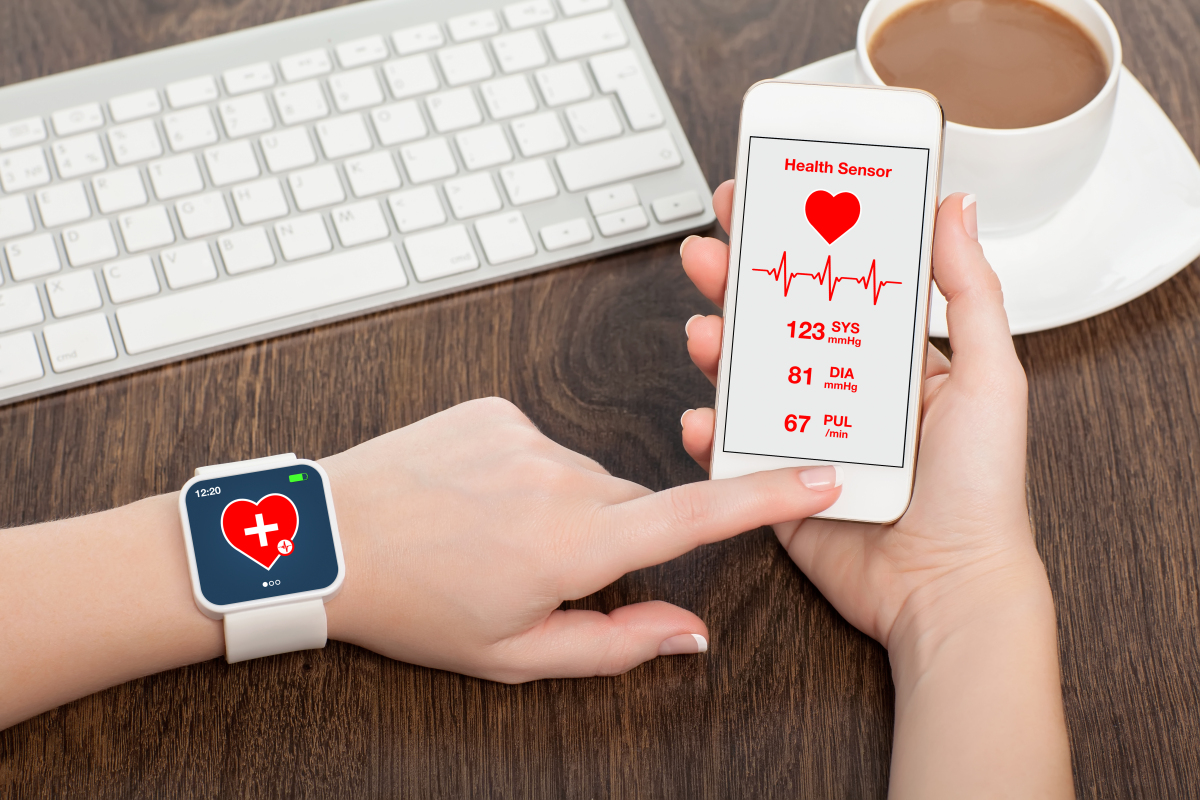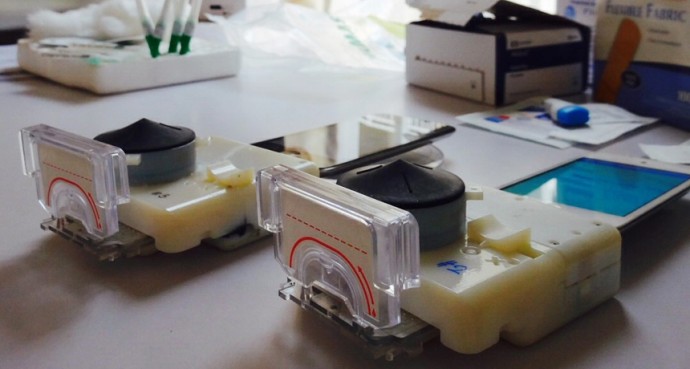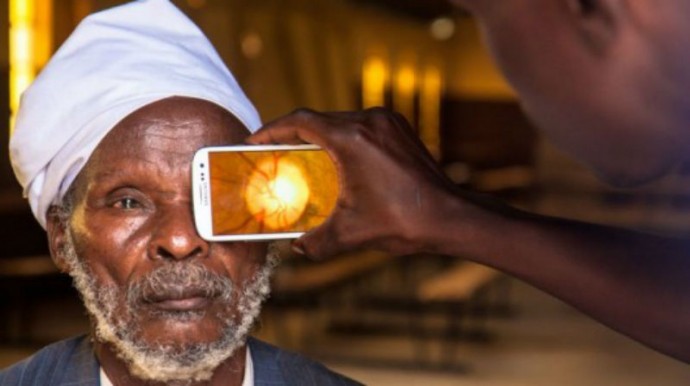Smartphones have brought immense convenience to our lives. It has become an essential, part of our daily life and to some extent even control the schedule of our day. As the reach of these devices grows widespread, a lot of new uses are coming into prominence. One major field, where smartphones are proving useful, is medicine. These handheld machines can be a great tool for detection of diseases before they become life threatening.
Detecting Aids and Syphilis
Recently, researchers at the University of Columbia have unveiled a cheap accessory that can be plugged into the smartphone and could detect HIV and Syphilis. The device that costs just $34 and has been tested on 96 volunteers in Rwanda with promising results. Called a Dongle, it takes a fingerprick of blood, like a home glucose test and displays the result in just 15 minutes. This could come in as a handy detection tool as people can check themselves in the privacy of their home. So while the governments can work towards battling the stigma, this tool can get the patients to detect their disease and seek medical treatment.
This is just one of the latest in the line of valuable research which hopes to give the power of disease detection to the public through their trusty smartphones. Smartphones have been actively seen as the tools for providing low-cost disease detection. Below are few of the instances where the smartphones can come handy in medical situations.
Parkinson’s disease
Researchers at Aston University have developed a phone app that can spot signs of Parkinson disease with more than 90 per cent accuracy. The app tests the individual through voice analysis by asking the person to pronounce a sound in the phone recorder. Then it asks the person to walk 20 paces so that it can record the moments through the accelerometer. Finally, the person has to complete a simple finger dexterity test on the touchscreen.
Usually, Parkinson is tough to diagnose in the initial stages so a handy tool that is also accurate will help a long way to fight the disease.
Mobile Eye Care
The camera of the smartphone can be a boon for people living in poor regions of the world. The visually impaired population of these areas don’t have regular access to medical facilities and doctors. Most of these illnesses are avoidable, but the lack of medical attention makes matters worse for the patients. Dr. Andrew Bastawrous wanted to give these people the gift of prolonged eyesight and hence created a smartphone app called Peek. To further check the retina of the eye, his team created a clip on a 3D printed attachment that costs less than $5 to produce. This attachment gives high-quality view of the back of the eye which is almost as good as the expensive laboratory equipment. The results gathered by the app are stored in a database accessible by doctors from all corners of the world who can stay in touch with their patients.
Urine Check
MIT entrepreneur Myshkin Ingawale unveiled his new mobile app Uchek at TED conference. An individual has to dip in a urinalysis strip in a cup and just take a photo of the strip; that’s it. Uchek can measure the levels of glucose, proteins, ketones and other values in the body through the image. It can be used to detect diabetes, urinary tract infections and up to 25 other diseases. Tests have shown that the app is more accurate that humans are at interpreting the color coded strips. The app costs a meager 99 cents while the color-coded strips are priced at $20. This might be one of the cheapest and beneficial tools for self-monitoring.
These are just a few ways in which smartphones are helping to make the lives of people better. It’s great to see how smartphone are evolving from simple communication tools into powerful machinery that can take care of our health and well being. People now have more access to smartphones than drinking and running water, and so they can come in handy to battle some of the most difficult human issues. Of course, smartphones won’t be able to take the place of doctors and health care workers any time soon, but they can become a valuable companion. With the arrival of healthcare wearables, it would become easier than ever to live a healthy life. The future looks good for a healthy humanity and smartphones may become one of the major reasons for that. And it definitely is a lot better use of these devices than crushing candies.




Leave a Reply